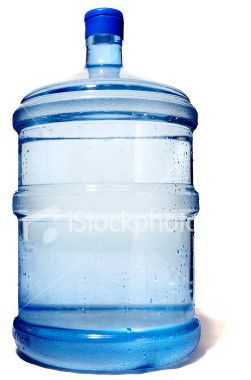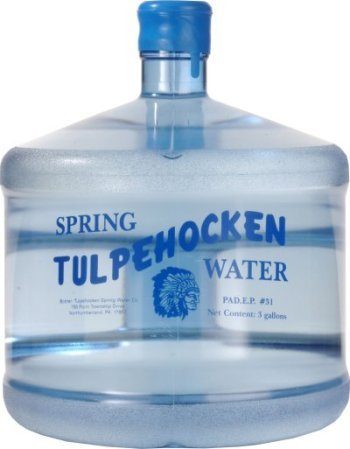ok, thanks for all the info about the water cooler xmas tree stand device - but since I don't have the bottle, I don't know what is meant by taking the center out of the cap that is put back on the bottle to control the flow... Can anyone explain? Thanks!
Navigation
Install the app
How to install the app on iOS
Follow along with the video below to see how to install our site as a web app on your home screen.
Note: This feature may not be available in some browsers.
More options
You are using an out of date browser. It may not display this or other websites correctly.
You should upgrade or use an alternative browser.
You should upgrade or use an alternative browser.
5 gallon office water cooler style for chickens?
- Thread starter seanb
- Start date
ok, thanks for all the info about the water cooler xmas tree stand device - but since I don't have the bottle, I don't know what is meant by taking the center out of the cap that is put back on the bottle to control the flow... Can anyone explain? Thanks!
The type of bottle shown is the kind that's used for a water cooler. It sits upside-down on the cooler so the water can be dispensed. When you buy the big bottle of water, it comes with a cap on it. Like any other bottle of water you buy, only this one happens to be 3 gallons. She first tried it without the cap on but the water came out too fast. So she cut a hole in the cap and then put it back on the bottle, thus making the opening smaller, and the water doesn't come out too fast.
Last edited:
Please tell us more about the penny trick in the watering bucket and algae not growing. Thanks!
- May 14, 2012
- 65
- 6
- 31
I read that that works in terms of killing algae but it's actually not such a good iead to have copper in the chickens water. Better to use Apple cider vinegar (ACV) -- you can search the blog as there are many posts about it. Because of fear of clogging a narrow tube we switched to collodial silver which seems to be working well.Please tell us more about the penny trick in the watering bucket and algae not growing. Thanks!
Quote: Do you make your own collodial silver? We use it for our own health but way too expensive to use for other purposes. We buy ours from the health food store.
- May 14, 2012
- 65
- 6
- 31
Just saw your msg. Yes we got the "Silver Puppy" and it seems to be working well -- nice to have big bottles of silver! Be sure to use distilled water. Lots of info hereDo you make your own collodial silver? We use it for our own health but way too expensive to use for other purposes. We buy ours from the health food store.
http://curezone.com/forums/search.asp?q=silver+puppy
Tried to quote but I am still new at this....
Last edited:
- May 14, 2012
- 65
- 6
- 31
It's always going to be a question of what the alternatives are and how safe are they? In the case of copper pipes in household plumbing they often become encrusted internally with a layer of mineral deposits which limits the leeching of copper. However there can still be problems at times:Just a thought here, but aren't your water pipes, at least MOST water pipes, are made of copper????????? So the problem with copper is what? If it was harmful why is it used?
"Although the health side-effects of copper plumbing are relatively uncommon, the EPA lists copper as a contaminant in drinking water. The maximum permissible level is 1.3 mg/L. The Plumbing Manufacturer's Institute is aware of instances of copper-related illnesses. New copper installations, coupled with aggressive or acidic water can be a toxic combination. The acid pulls copper molecules into the water supply and can cause nausea and abdominal discomfort. Furthermore, older copper installations, including faucets, may contain higher levels of lead, including lead solder which was commonly used before 1987."
from: http://www.builderswebsource.com/techbriefs/cpvccopper.htm
Another link :http://water.epa.gov/drink/contaminants/basicinformation/copper.cfm
So for household plumbing CPVC may be a better alternative or not -- each seems to have pluses and minuses.
For the chicken water my feeling is if there is any risk of the chickens geting excess copper why not use an alternative method that doesn't seem to have risk such as ACV or properly made collodial silver.
New posts New threads Active threads
-
Latest threads
-
One side of chickens face has swelled up.
- Started by Omelette-in-progress
- Replies: 0
-
-
Hen lethargic, loosing feathers, and not moving much
- Started by chickenlover78
- Replies: 0
-
-
-
-
Threads with more replies in the last 15 days
-
-
-
-
-
Prettiest chicken breeds and plumage color
- Started by Beau plus penny
- Replies: 46
-
×



